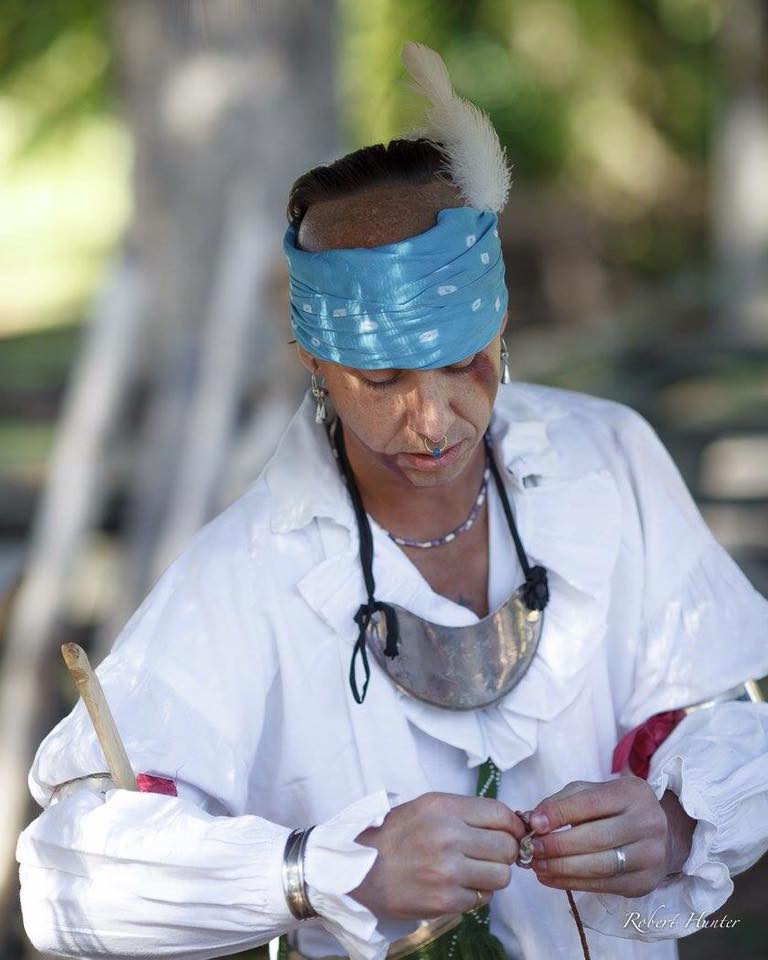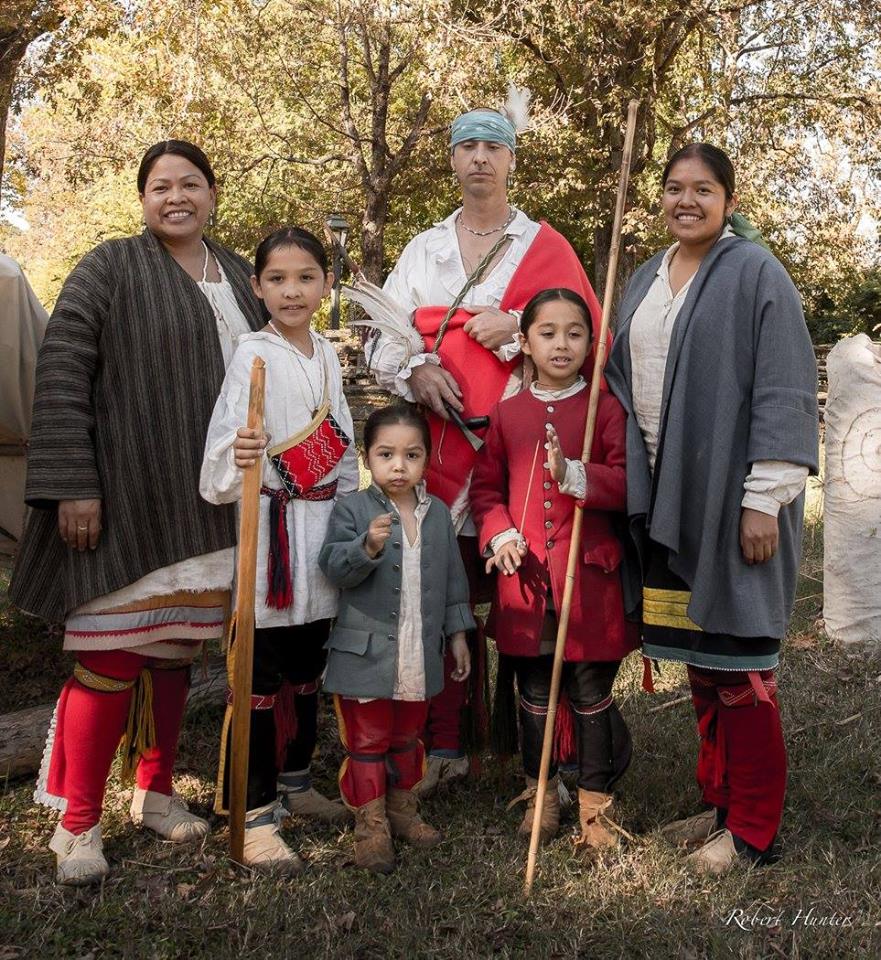On Saturday, Sept. 29, 2018, the Fort Pitt Museum will commemorate the 240th anniversary of the Delaware Treaty. Negotiations for the treaty took place at Fort Pitt in 1778, resulting in the first-ever treaty between the newly formed United States and an American Indian nation.
To commemorate the treaty’s anniversary, the Fort Pitt Museum will host special living history demonstrations and reenactments presented by museum staff, volunteers, and members of the Delaware Tribe.
In preparation for this special program, we talked to re-enactor Jeremy Turner about living history and its importance in educating the public about the lives of his American Indian ancestors who once called the Ohio River Valley home. Turner will travel to Pittsburgh this month to help tell the story of the Delaware Treaty to mark its 240th anniversary.

Fort Pitt Museum: What does it mean to be a re-enactor?
Jeremy Turner: For me, the term re-enactor embodies someone who does his or her absolute best at recreating a particular person from a certain period in history, to educate both themselves and others about a particular time, place, and person in history.
FPM: How did you get started as a re-enactor?
JT: I have always been interested in the history and lifeways of early contact period Eastern Woodland Native Americans. Growing up as a hunter/trapper/fisherman, I was always intrigued by how historical tribal members made a living by doing those things. As a teenager, I began researching historic hunting/trapping/fishing techniques used by the Woodland tribes, and in particular, the equipment they used in the 18th century to accomplish those pursuits.
I heard about “Rendezvous” in Friendship, Ind., where other folks with similar interests went, so I attended a few and got hooked. This led me to more researching and reading period journals, documents, and treaty negotiations, and attending the Eastern Woodland Indian Conferences put on by Fort Pitt Museum director Alan Gutchess. During these conferences, I met more folks that shared my passion for history and began attending living history programs with them.
FPM: What do you enjoy most about it?
JT: What I enjoy most is getting to learn more about the material culture that had an impact on my ancestors’ way of life and getting to share that knowledge with my wife and children. You can actually experience what it felt like to be out in the woods hunting and using the same tools they used in the 1700s.

FPM: What’s your favorite era in history to reenact?
JT: My favorite time period to re-enact is from 1700–1812. This is when my ancestors lived in the Ohio River Valley, and this is the area that I enjoy spending my time in.
FPM: How do you prepare for a living history program?
JT: To prepare for a living history program, I will spend time re-reading journals, documents, and treaties related to the event we are going to portray. I also spend time going over my gear to make sure it is in good condition and making new items that may have been in use at that particular place or time.
FPM: Why do you think living history programs are valuable for educating the public?
JT: Living history programs are absolutely vital in educating everyday America about the strife and struggles that went into the formation of the United States. You cannot speak about any portion of American history without including the Native Americans’ participation in it.
Unfortunately, there are very few Native American tribal members who are actually involved in reenacting. About 95% of the re-enactors who portray Native Americans at events are non-Native, due mostly to the fact that the tribes that once called the Ohio River Valley home were removed to Oklahoma in the 1830s by Andrew Jackson’s Indian Removal Act. Very few tribal members live near the historical sites where reenacting now takes place. Only a handful of tribes, like the Haudenosaunee Confederacy of New York (Seneca, Cayuga, Onondaga, Oneida, Mohawk and Tuscarora) and Pokagon Potawatomi, remain near their historic homelands.
As a member of the Shawnee tribe and a descendant of the Wyandotte and Seneca-Cayuga Nations, it is my goal to get more tribal members involved in living history events, particularly at the Fort Pitt Museum. It is imperative that the American public learns from and sees American Indian living historians who are members of Native American tribal communities, so they can truly experience that part of American history.
For more information about the Fort Pitt Museum’s Delaware Treaty anniversary programming, please visit our events page.
Kim Roberts is the communications coordinator for the History Center.
